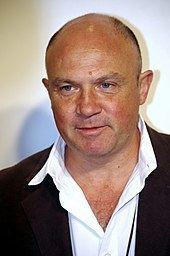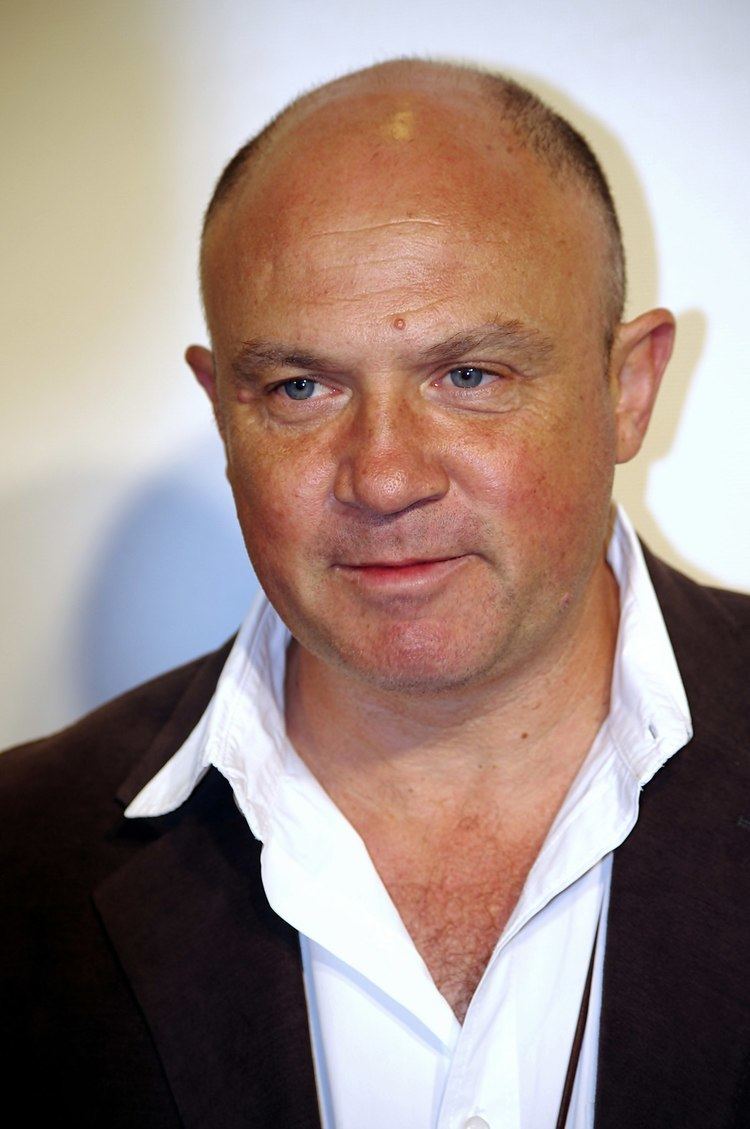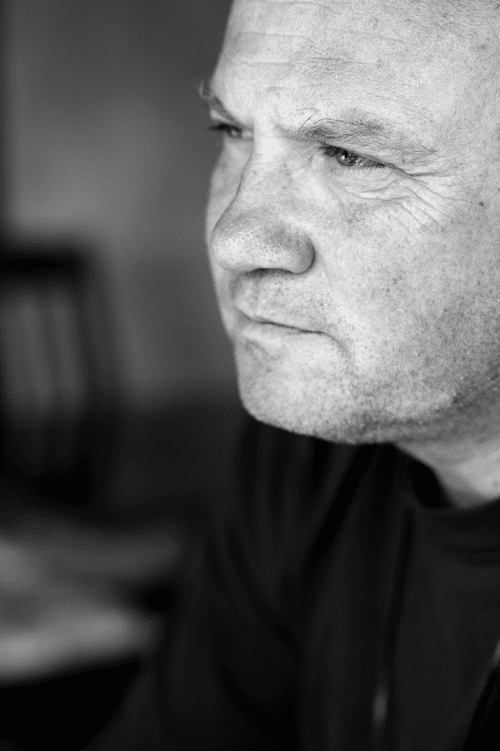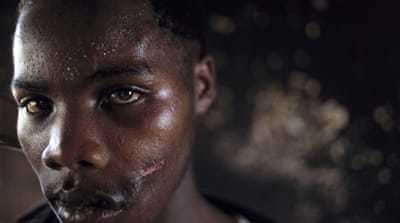Name Greg Marinovich Role Film-maker | Movies The Bang Bang Club | |
Books The Bang-Bang Club, The Bang-Bang Club, movie tie-in: Snapshots From a Hidden War, Bang Bang Club Proof Similar People Joao Silva, Ken Oosterbroek, Kevin Carter, Steven Silver, Ryan Phillippe | ||
Canon professional network interview with greg marinovich and ruth de vries
Gregory Sebastian "Greg" Marinovich (born 8 December 1962 in Springs, South Africa) is a South African photojournalist, filmmaker, photo editor, and member of the Bang-Bang Club. He co-authored the book The Bang-Bang Club: Snapshots from a Hidden War, which details South Africa's transition to democracy.
Contents
- Canon professional network interview with greg marinovich and ruth de vries
- Video mandela and me reflections by greg marinovich
- Early life
- As part of Bang Bang Club
- Other assignments
- Exhibitions
- Books
- Awards
- Films
- Academics
- References

Video mandela and me reflections by greg marinovich
Early life

Marinovich is the son of an immigrant from Korčula, Croatia. In 1985 Marinovich took pictures of Archbishop Desmond Tutu at a church service in Johannesburg. It was his first news event. To avoid military service he left the country shortly thereafter. He moved to Botswana. At the northern border he meet members of the South West African People's Organisation (SWAPO). There started his interest to explore more the living condition of people in times under political extremis. Back in South Africa he worked for a hiking and safari company. At this job, he learn as an autodidact how to write articles and how to become a Photojournalist. He also succeeded in finding jobs with Johannesburg-based newspapers as a photographer and sub-editing freelancer.
As part of Bang Bang Club

On 17 August 1990, Marinovich who was 27 at the time went to Soweto to cover the fighting in the hostels war. He sold the photos of the killings he witnessed to the Associated Press Johannesburg office. From that day on, he regularly worked in Soweto, often working for the AP. On 15 September 1990 Marinovich travelled again to the townships with an AP reporter from the United States. The most notorious from this period was the photos of the murder of Lindsaye Tshabalala, a Zulu Inkatha supporter and burning of his body. The photos received the Pulitzer Prize for spot news in 1991. After the publishing of the photos, the South African police tried to locate him as a witness to the killing, but failed as the photos credited Sebastian Balic. Marinovich was not interested in being a witness, because of the risk associated, and outing by informants.

For the nature of his work as a non-black journalist in South Africa, and the whole process of Resistance Photography and censorship and challenges facing Resistance Photographers, he says race was a major factor, especially in the pursuit of journalists by the South African police and the arrest of journalists. In his joint book with João Silva, he writes about his work:
Other assignments

Very soon, he left Johannesburg to London where he received his first ever international assignment for Belgrade in November 1990 and then for Budapest. He then flew back to South Africa and reported again about the hostels war. Marinovich has been shot and wounded four times while covering conflicts in South Africa and Afghanistan.

Main engagements as journalist include:
In addition, he has been engaged for international assignment in vatious conflict zones including Angola, Bosnia, Chechnya, Croatia, India, Mozambique, Russia, Rwanda, Somalia, South Africa, Yugoslavia and Zaire.
Exhibitions
Books
The Bang-Bang Club was about the group of four South African photographers active within the townships of South Africa during the apartheid period, particularly between 1990 and 1994. Murder at Small Koppie was an investigative account of the events leading up to South African Police killing 34 miners, who were striking in South Africa on 16 August 2012.
Awards
Marinovich was awarded the Pulitzer Prize for Spot News Photography in 1991 for his coverage of African National Congress supporters brutally murdering a man they believed to be an Inkatha spy.
Other awards won by Marinovich include:
Films
In addition, he did a series of films for the EU and UNICEF throughout Africa 2010.
Academics
Marinovich teaches at the Harvard Extension School. He also teaches photojournalism and film at Boston University.
Marinovich was editor-in-chief of the Twenty Ten Project. The series entitled "Twenty Ten Project – Road to 2010" was an initiative of World Press Photo, Free Voice, Africa Media Online and Lokaal Mondiaal dedicated to reporting on African football, related issues and the 2010 FIFA World Cup in South Africa from an African perspective.
